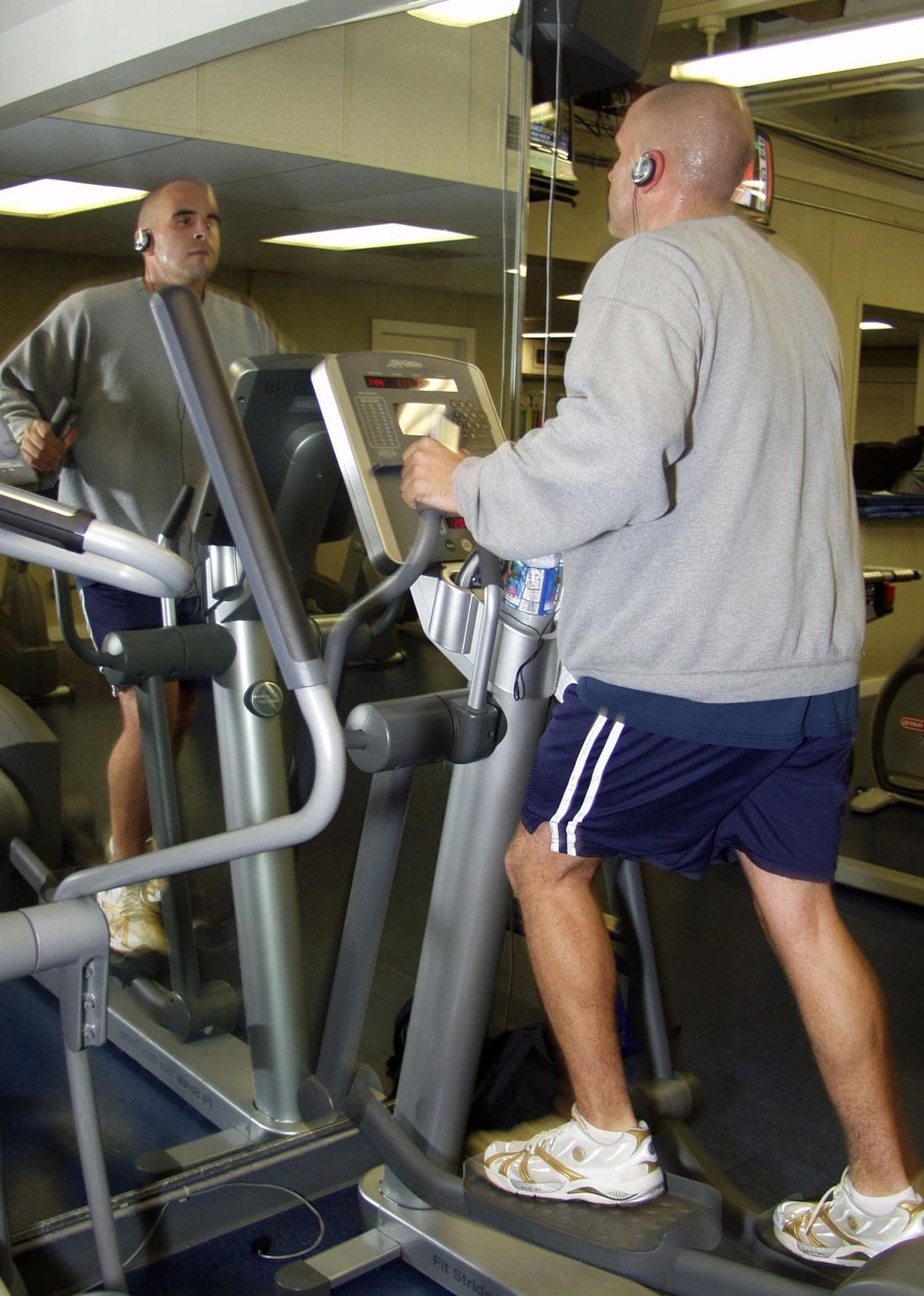When you are a newbie at exercising, it’s always good if you can have a road map of the things you need to do and how you can do it as well as how often, so you can see tangible results and remain motivated throughout your journey to fitness. And if you want to establish the right program that will give you the motivation you need, a cardio routine is one of the easiest things you can do to begin. The great aspect of a cardio routine is that you can essentially do it anywhere, and you don’t even have to visit the gym regularly to benefit from a good cardio workout. Are you wondering what you can do? Here’s everything you should know from the experts about beginning a cardio regimen.

The basics
Often, the challenge in exercising lies in simply getting started. But you can take advantage of some standard guidelines so you can figure out the frequency, activities, and duration which work best for your needs. First of all, what do you need to know about cardio? Cardio is any activity that you engage in which can increase your heart rate above its resting level for about ten minutes each time. When it comes to duration and frequency, a beginner can aim for around three to four workouts a week, each one lasting about 20 to 40 minutes each. Over a period of time, your objective should be to meet the recommended 150 to 300 minutes of moderate exercise or 75 to 150 minutes of vigorous exercise every week.
If you are a newbie to an exercise routine, you can start with simple walking. But if you are aiming to spend time at the gym, you can take advantage of the treadmill, the rowing or elliptical machine, or the stair climber. You can even do cardio at home such as work on your yard, play a sport, spend time with your children at the playground, jump rope, or go for a light and easy run.
The best for beginners
At a gym or sports club, one of your best workouts would be on the elliptical machine. The elliptical can provide you with a low-impact yet fully-body workout, and it’s an excellent way for a beginner to get used to doing workouts.
Once you are used to the elliptical, you can move on to the treadmill, which can not only boost your cardio fitness but also give your hamstrings and glutes a good workout. Make sure, however, to warm up with brisk walking on the treadmill for around 10 minutes, and then you can increase your pace and intensity as you go along.
You also have the option to work with a personal trainer, and a good personal trainer can help guide you through your routine and develop an ideal cardio and exercise regimen and plan for you. Your trainer is your best partner when it comes to getting fit, especially since they can also assess your fitness level, recommend the right nutritional plan based on your goals, and give you the encouragement and motivation and moral support you need to stick with your plan and maintain – and reach – your fitness objectives.

 The Need to Ignore People Who Prevent You from Doing Cosmetic Changes
The Need to Ignore People Who Prevent You from Doing Cosmetic Changes